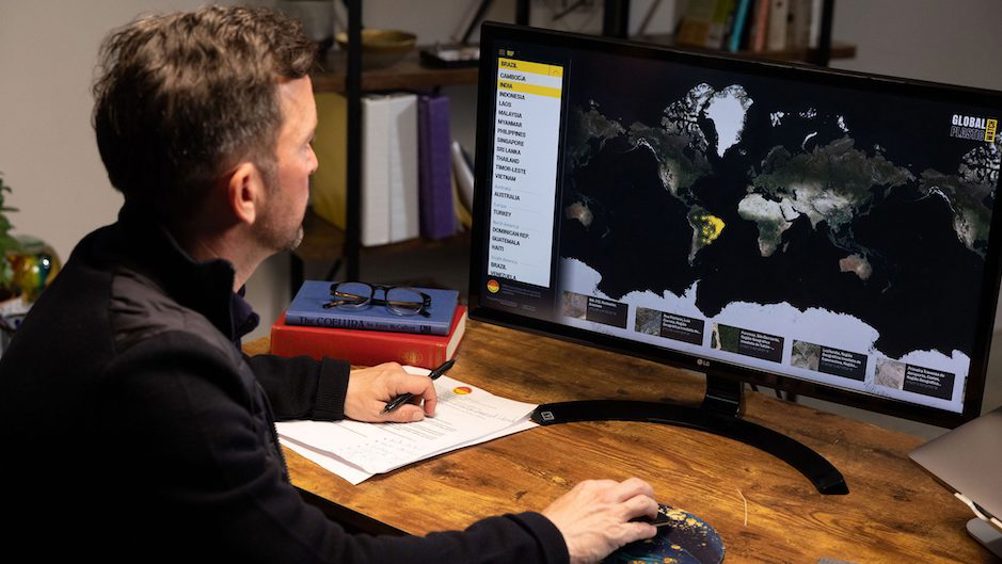AI tool tracks plastic waste from space
A new tool combining artificial intelligence and earth observation can measure plastic waste from space, identifying thousands of waste sites across 25 countries.

Developed by Minderoo Foundation, the ‘Global Plastic Watch’ tool uses advanced satellite data technology and machine learning to create a near-real-time, high resolution map of plastic pollution.
The tool aims to help authorities better manage plastic leakage into the marine environment, and is said to provide the largest ever open source dataset of plastic waste across dozens of countries.
Global Plastic Watch uses remote sensing satellite imagery from the European Space Agency and a novel machine learning model created in collaboration with digital product agency Earthrise Media. The tool can determine the size and scale of land-based plastic waste sites, which fuel the growing issue of plastic pollution in the world’s rivers and oceans.
By using the data, governments, industry and communities can evaluate and monitor the risk of land-based plastic waste sites as well as prioritise investment in solutions, Minderoo Foundation said.
Regions mapped so far include South-East Asia, Australia, and the countries identified by research published in Science Advances as accounting for high rates of plastic emissions into the ocean.
Register now to continue reading
Thanks for visiting The Engineer. You’ve now reached your monthly limit of news stories. Register for free to unlock unlimited access to all of our news coverage, as well as premium content including opinion, in-depth features and special reports.
Benefits of registering
-
In-depth insights and coverage of key emerging trends
-
Unrestricted access to special reports throughout the year
-
Daily technology news delivered straight to your inbox










Water Sector Talent Exodus Could Cripple The Sector
Maybe if things are essential for the running of a country and we want to pay a fair price we should be running these utilities on a not for profit...